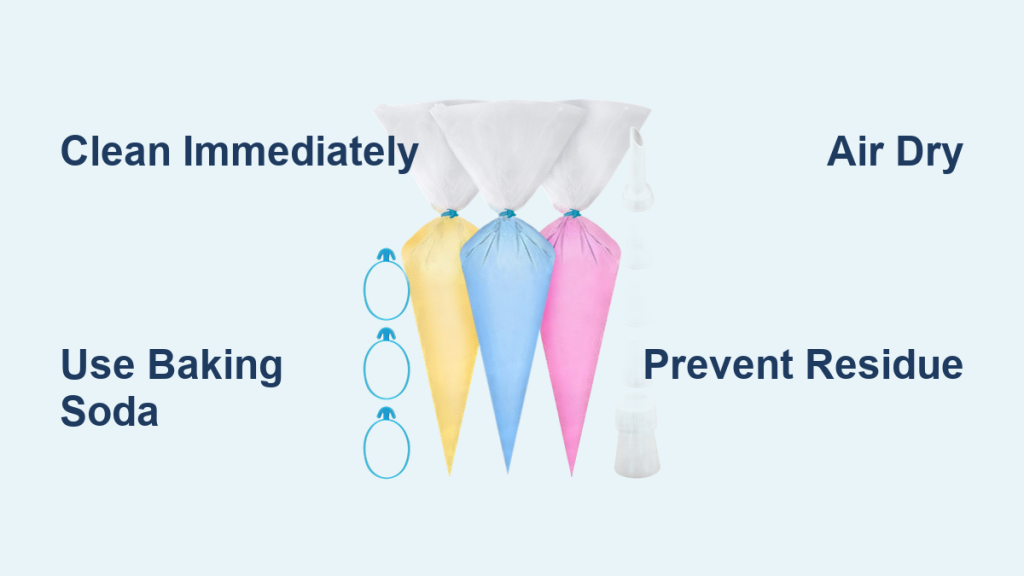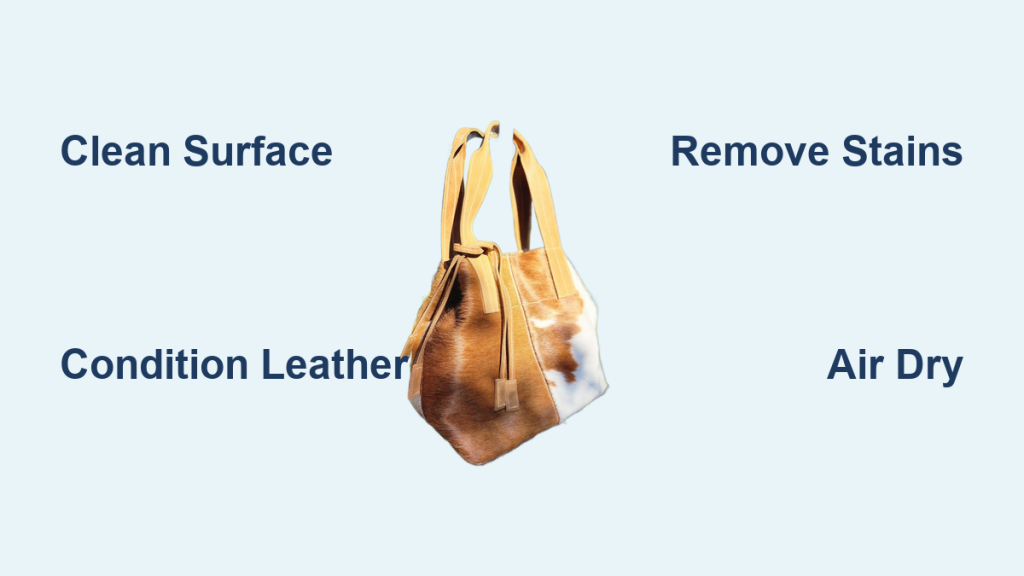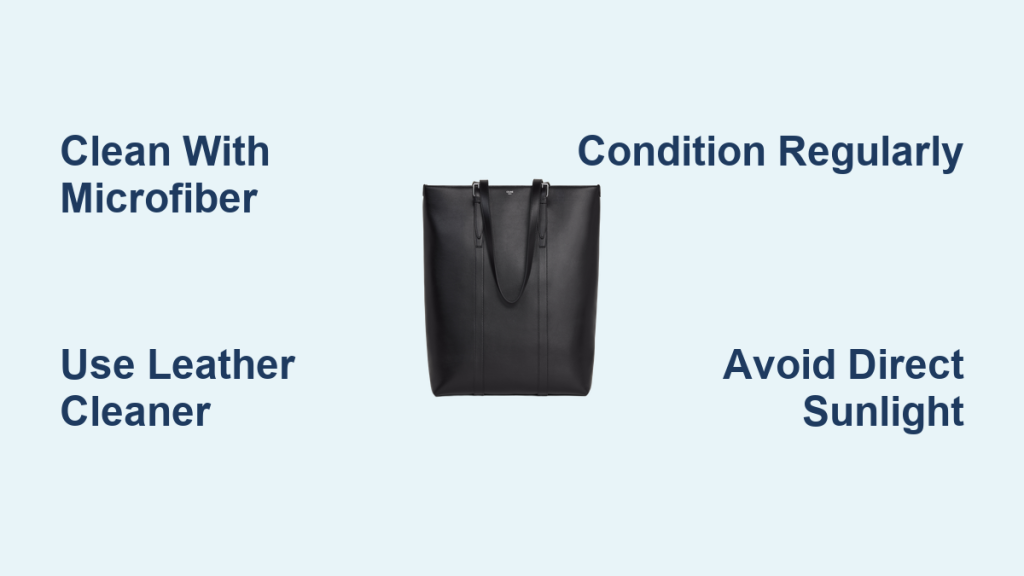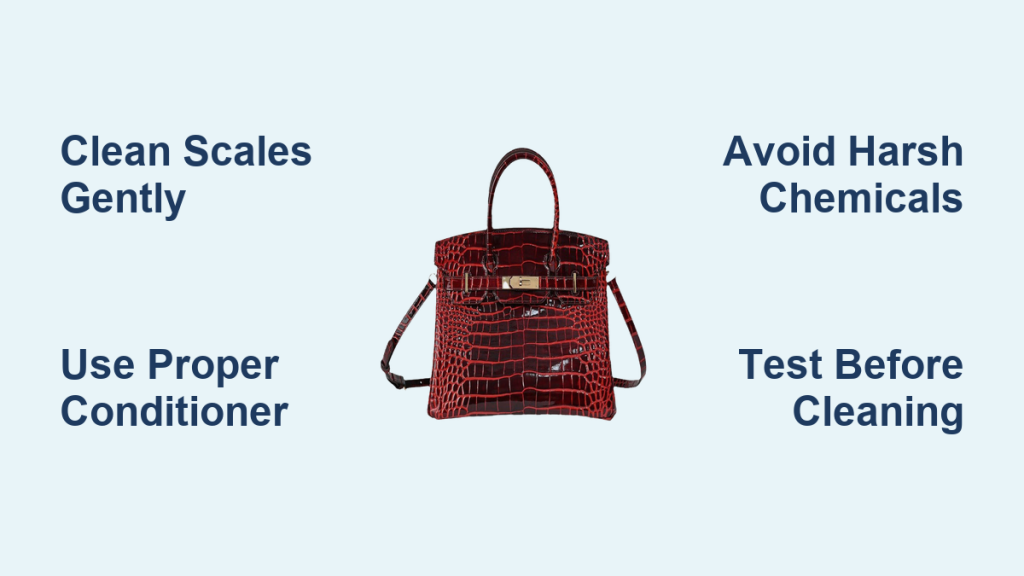Dealing with a clogged or messy pastry bag can quickly derail your baking plans. It’s frustrating when a tool meant to make decorating easier becomes a source of stress. Luckily, cleaning pastry bags doesn’t have to be a chore. A quick rinse and thorough drying can often do the trick, keeping your bags in prime condition for countless creations.
This comprehensive guide will walk you through multiple cleaning methods, from simple daily maintenance to tackling stubborn blockages and preventing future messes. We’ll cover cleaning both reusable and disposable bags, along with pro tips to extend the life of your decorating tools. By the end of this article, you’ll confidently maintain your pastry bags and enjoy seamless baking adventures.
Common Causes of Clogged or Dirty Pastry Bags
Several factors can contribute to a dirty or clogged pastry bag. Understanding these causes will help you prevent issues and choose the most effective cleaning method.
Residue Buildup
Frosting, buttercream, chocolate, and other decorating ingredients leave behind residue that hardens over time. This buildup narrows the opening and eventually leads to clogs.
Fat Content
Ingredients with high fat content (like buttercream) are particularly prone to leaving a sticky residue.
Improper Storage
Storing pastry bags improperly – crumpled, dirty, or exposed to air – can accelerate residue hardening and bacterial growth.
Sugar Crystallization
Sugar in frostings and glazes can crystallize, creating a gritty texture that clogs the bag.
How to Clean Pastry Bags: Multiple Methods

Here are several methods for cleaning pastry bags, ranging from quick rinses to more thorough cleaning processes.
Method 1: Quick Rinse & Dry (Daily Maintenance)
This is best for immediately after use, preventing buildup.
Diagnosing the Issue
This method is preventative; use it after each use to avoid deeper cleaning.
Fix Steps
- Rinse Immediately: After using the bag, immediately rinse the inside with warm (not hot!) water.
- Gentle Pressure: Gently squeeze the bag to force water through the tip, dislodging any remaining frosting.
- Thorough Drying: Turn the bag inside out and allow it to air dry completely. You can use a pastry bag drying rack or hang it.
Testing
Ensure the bag is completely dry before storing to prevent mold or mildew.
Method 2: Warm Water & Soap (For Regular Cleaning)
For more thorough cleaning when residue is present.
Diagnosing the Issue
Use this method when a quick rinse isn’t enough, and you see visible residue inside the bag.
Fix Steps
- Fill with Warm, Soapy Water: Fill the bag with warm water and a mild dish soap.
- Massage & Squeeze: Gently massage the bag to loosen residue. Squeeze repeatedly to force the soapy water through the tip.
- Rinse Thoroughly: Rinse the bag inside and out with clean, warm water until all traces of soap are gone.
- Dry Completely: Turn inside out and air dry completely.
Testing
Check for any remaining residue. Repeat the process if necessary.
Method 3: Baking Soda Paste (For Stubborn Blockages)
For tackling hardened frosting or chocolate.
Diagnosing the Issue
Use this method when the bag is severely clogged, and water and soap aren’t enough.
Fix Steps
- Make a Paste: Mix baking soda with a small amount of water to create a thick paste.
- Apply to Blockage: Apply the paste to the clogged area, both inside and outside the bag.
- Let Sit: Allow the paste to sit for 15-30 minutes.
- Scrub Gently: Gently scrub the area with a soft brush or cloth.
- Rinse Thoroughly: Rinse with warm water until all baking soda residue is gone.
- Dry Completely: Turn inside out and air dry completely.
Testing
Ensure the blockage is removed and the bag flows freely.
Method 4: Bottle Brush & Warm Water (For Reusable Bags)

Ideal for reusable fabric or silicone bags.
Diagnosing the Issue
This method is excellent for detailed cleaning of reusable bags.
Fix Steps
- Insert Bottle Brush: Insert a long, thin bottle brush into the bag.
- Scrub Interior: Gently scrub the interior walls of the bag with the brush, using warm water.
- Rinse Thoroughly: Rinse the bag inside and out with clean, warm water.
- Dry Completely: Turn inside out and air dry completely.
Testing
Inspect the bag for any remaining residue.
Prevention Tips and Maintenance Advice

Preventing clogs and messes is easier than dealing with them after they happen.
- Use a Bag Tie: Secure the open end of the bag with a bag tie or rubber band to prevent frosting from drying out.
- Rinse Immediately After Use: As mentioned before, this is the most important step.
- Store Properly: Store pastry bags flat or rolled, not crumpled. Keep them in a clean, dry place.
- Use a Piping Tip Protector: A tip protector keeps the opening of the piping tip clean and prevents frosting from hardening inside.
- Consider Disposable Bags: For certain icings that are exceptionally difficult to clean, disposable bags can be a convenient option.
Pro Tips for Pastry Bag Care
- Warm Water is Key: Avoid hot water, as it can damage some pastry bag materials.
- Avoid Harsh Chemicals: Harsh chemicals can degrade the bag material and leave behind harmful residues.
- Inspect for Tears: Regularly inspect your pastry bags for tears or holes. Replace damaged bags to avoid messy decorating disasters.
- Use a Bag Holder: A bag holder keeps the bag upright and makes filling easier, reducing spills and messes.
- Silicone Bag Advantage: Silicone pastry bags are generally easier to clean than fabric ones.
- Don’t Overfill: Overfilling a bag makes it harder to control and increases the risk of bursting.
Professional Help Section
While most pastry bag cleaning can be done at home, consider these situations when professional advice might be needed:
- Persistent Mold/Mildew: If you suspect mold or mildew, it’s best to discard the bag, as it can be difficult to remove completely.
- Material Degradation: If the bag material is cracking or deteriorating, it’s time for a replacement.
There isn’t a “service provider” for pastry bags specifically, but cake decorating supply stores can offer advice on bag replacement and care.
FAQ Section
Q: Can I put my pastry bags in the dishwasher?
A: Generally, no. Most reusable pastry bags are not dishwasher safe. The heat can damage the material. Hand washing is recommended.
Q: How do I clean a metal piping tip?
A: Soak the tip in warm, soapy water, then use a small brush or toothpick to remove any residue.
Q: What’s the best way to dry a pastry bag?
A: Turn the bag inside out and allow it to air dry completely. Using a pastry bag drying rack is ideal.
Q: Can I use bleach to clean my pastry bags?
A: No. Bleach is too harsh and can leave harmful residues.
Q: How often should I replace my pastry bags?
A: The frequency depends on usage and material. Fabric bags typically need replacing more often than silicone ones. Replace when they show signs of wear, tears, or persistent residue.
Alternative Solutions Section
If you’re struggling with a stubborn clog, consider these alternatives:
| Solution | Pros | Cons | Best For |
|---|---|---|---|
| Vinegar Soak | Natural cleaner, effective at dissolving sugar | Can have a slight odor | Sugar-based frostings |
| Commercial Pastry Bag Cleaner | Specifically formulated for pastry bags | Can be expensive | Heavy residue buildup |
| New Bag | Quickest solution | Generates waste | Severe clogs or damaged bags |
Keep Your Pastry Bags Running Smoothly
By following these cleaning methods and prevention tips, you can ensure your pastry bags remain in excellent condition for years to come. Remember to rinse immediately after use, store properly, and tackle stubborn clogs with baking soda or a bottle brush.
Have you tried any of these methods? Share your favorite pastry bag cleaning tips in the comments below!




